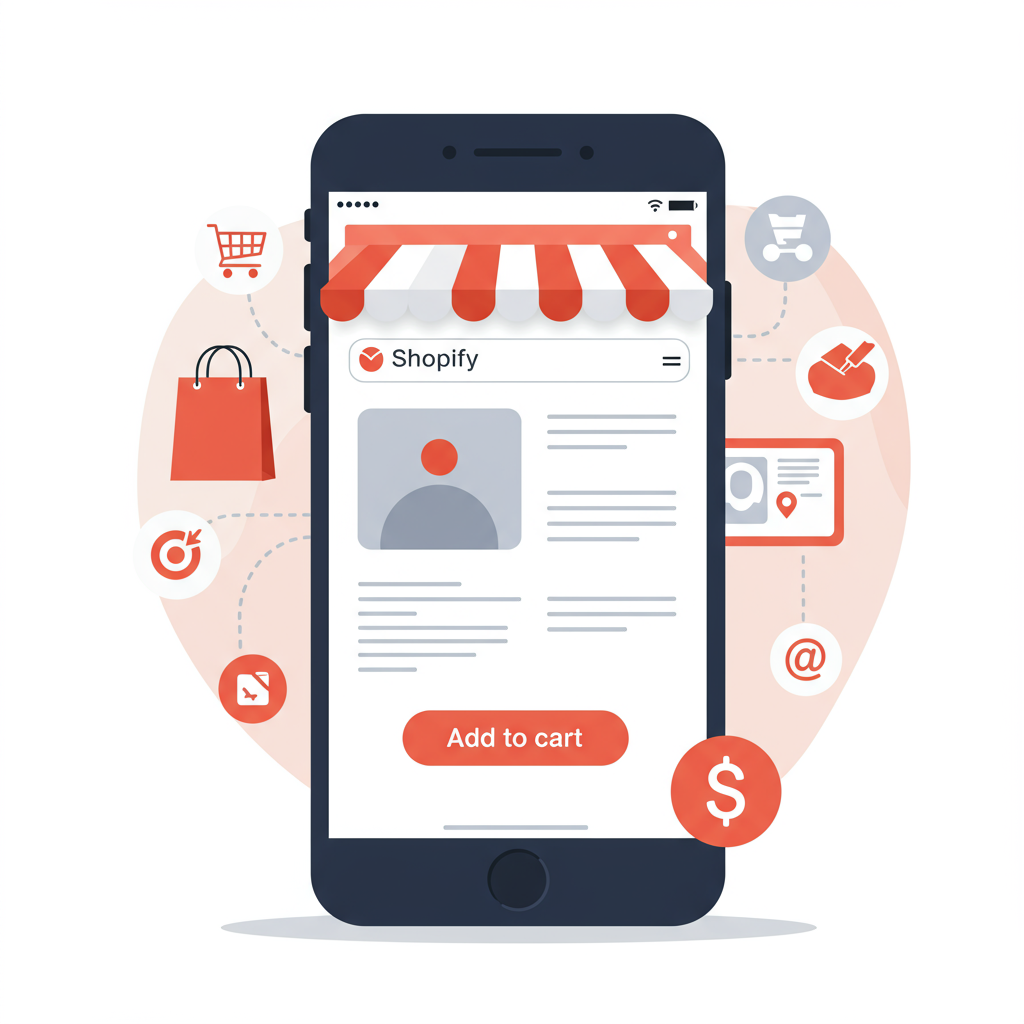Unlock higher conversions and happier customers by prioritizing the mobile experience on your e-commerce site.
Hello fellow Shopify merchants! Today, I want to talk about something incredibly crucial for your online store’s success: designing for mobile first.
In my experience, many of us still think about desktop design as the primary focus, then adapt for mobile. But the truth is, that approach is outdated and can cost you sales.
The vast majority of online traffic, especially in e-commerce, now comes from mobile devices. Your customers are browsing, discovering, and buying on their phones.
If your Shopify store isn’t optimized for these users from the ground up, you’re not just losing sales; you’re creating a frustrating experience that drives customers away.
A mobile-first approach means we design for the smallest screen first, then progressively enhance the experience for larger screens like tablets and desktops.
This methodology forces us to prioritize content, focus on essential elements, and ensure a lightning-fast, intuitive user journey from the very beginning.
So, how do we achieve this on Shopify? Let’s dive into some actionable steps I’ve found incredibly effective in my own e-commerce ventures.
First and foremost, your theme choice is paramount. Shopify offers many beautiful themes, but not all are created equal when it comes to true mobile responsiveness.
I always recommend selecting a theme that explicitly states it’s ‘mobile-responsive’ or ‘mobile-first’ in its description. Always test its demo on your phone before committing.
Once your theme is set, image optimization becomes your next big priority. Large, unoptimized images are the number one killer of mobile page speed and user patience.
I use various tools to compress images without sacrificing quality. Shopify has built-in features, but third-party apps can offer even more robust compression and lazy loading.
Remember, smaller file sizes mean faster loading times, which directly translates to a better mobile experience, improved SEO rankings, and reduced bounce rates.
Next, let’s talk about navigation. On a mobile screen, space is a luxury. Cluttered menus are a nightmare and lead to immediate user frustration.
I advocate for simple, intuitive navigation. Think about using a standard hamburger menu icon, but ensure its content is well-organized and easy to tap.
Limit your main menu items to the absolute essentials. Use sub-menus sparingly and ensure they are clearly labeled and easy to expand/collapse with a single tap.
Product pages are where the magic happens, and they need special attention for mobile. For mobile, I focus on clear, concise product descriptions. Bullet points work wonders here.
High-quality product images are still vital, but ensure they are optimized for mobile viewing – perhaps a carousel that’s easy to swipe through with touch gestures.
The ‘Add to Cart’ button needs to be prominent, easy to tap, and ideally, ‘sticky’ as the user scrolls down the page, always within reach.
Think about the user’s thumb. Is the button within easy reach? Is it large enough to prevent mis-taps? These small details make a huge difference in conversion rates.
The checkout process is another critical area where mobile users can drop off. I strive for as few steps as possible. Shopify’s native checkout is generally well-optimized, but review your settings.
Minimize form fields. If you don’t absolutely need the information, don’t ask for it. Auto-fill options should be enabled wherever possible to speed up the process.
Consider offering express checkout options like Shop Pay, Apple Pay, or Google Pay. These significantly reduce friction and time spent for mobile users.
Beyond the core design, I regularly test my store on various mobile devices – different screen sizes, operating systems, and browsers – to catch any inconsistencies.
I use Google’s Mobile-Friendly Test and PageSpeed Insights to identify areas for improvement. These tools provide invaluable feedback and actionable recommendations.
Finally, don’t forget about accessibility. Ensure sufficient contrast between text and background, and that all interactive elements are large enough to be easily tapped by anyone.
What do you think about these mobile-first strategies for your Shopify store? Have you implemented any of them, or do you have other tips to share that have worked for you?
By embracing a mobile-first mindset, you’re not just making your store look good on phones; you’re building a more robust, user-friendly, and ultimately, more profitable e-commerce business.
It’s an ongoing process of refinement and testing, but the rewards in terms of customer satisfaction, reduced bounce rates, and improved conversion rates are well worth the effort.
So, take a critical look at your Shopify store through the lens of a mobile user. I promise, it will be an enlightening experience that pays dividends!






